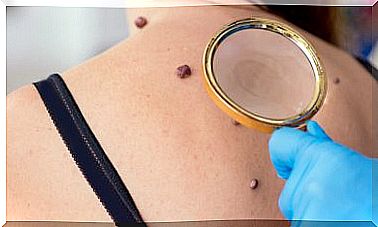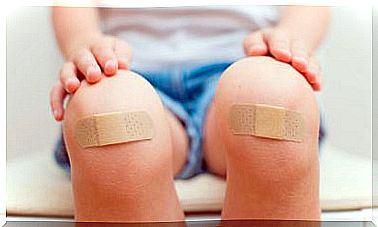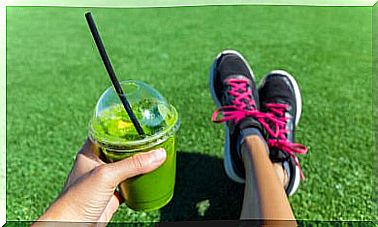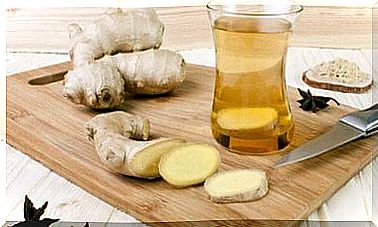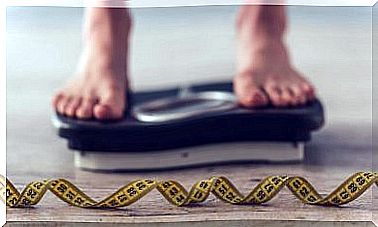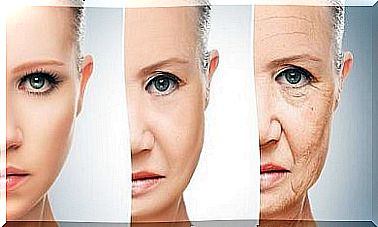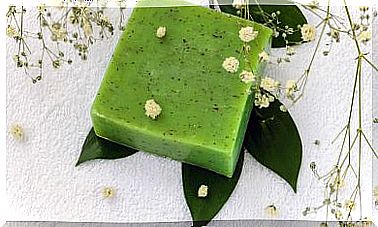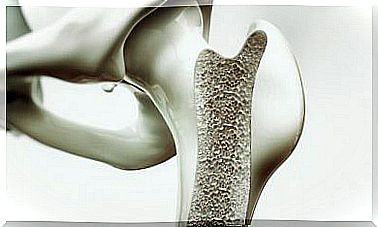5 Tips For Legs Swollen By Heat
It is estimated that more than two-thirds of women over the age of thirty-five suffer from swollen legs from the heat. This happens especially in the summer because of the high ambient temperatures.
Although legs swollen by heat can manifest themselves at any time of the year, summer is the time par excellence. The heat of the season, together with some practices that promote swelling, are the ideal combination for the symptom to appear.
The hot environment causes changes in the body that try to counteract the heat. These expected and physiological changes often cause discomfort. These changes include sweating, feeling thirsty, and vasodilation.
This last mechanism is the culprit for swollen legs. The body dilates blood vessels to remove heat to the outside and not store it inside the body. Dilated veins are less elastic and cause blood to circulate more slowly and pool in the lower limbs, due to gravity.
The veins are responsible for returning the blood from the limbs to the heart. When the changes we describe occur due to heat, the slowed blood permeabilizes towards the tissues instead of circulating. As a consequence, the legs swell.
It is not a serious problem, generally. In any case, if the symptom lasts over time, loses relation to the hot season, or cardiac and renal signs are associated, a medical consultation is required to rule out underlying chronic diseases. Heart disease and kidney disease are dangerous.
For the common leg swelling of the summer, here are five keys that can be of relief:
1. Physical exercises for legs swollen by heat
Although the heat is a factor that generates fatigue and takes away the desire to exercise, you really have to face it and try. Practicing the right exercises for the lower limbs can help compensate for fluid buildup.
Certain repetitive movements for the legs promote lymphatic and venous drainage. In this way, they help blood return through the circulatory system to the heart. Exercise also increases your heart rate, which propels your blood with more rhythm and speed.
For legs swollen by heat you can:
- Perform squats.
- Jumping: the movement of body fluids is stimulated by jumping. They can be from the ground or with the help of trampolines or trampolines.
- Aquatic movements: simulating running in water is an interesting exercise. It also helps to refresh the lower limbs.
- Climbing stairs: for those who live in buildings, this modality offers the possibility of being carried out in everyday life, avoiding the elevator.
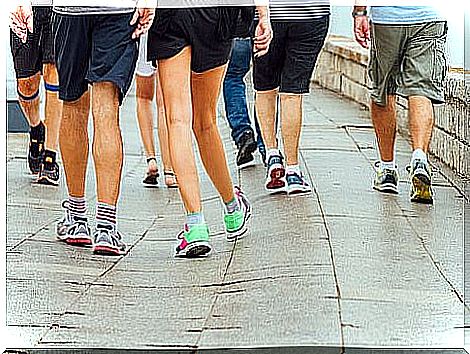
2. Hydration
The legs swollen by heat respond to the accumulation of fluid in the tissues of the lower limbs, but this does not mean that hydration must be avoided. Many people mistakenly believe that by drinking less water they avoid that puddling or edema.
On the contrary, a good intake of fluids during the day stimulates the production of urine. When the kidney is working at the rate it should, the blood also moves better. The fluids then leave their stagnant state to return to the heart or to be eliminated outside.
The main recommendation is always to drink pure water, without additives. Ionic drinks can be used in the practice of some sport, but in no way hydrate normally with sugary drinks, which can be counterproductive for the swelling of the legs.
3. Raise your legs
A simple but effective measure is to elevate the lower limbs. Acting against the gravity that carries fluids towards the legs, the elevation forces the blood to return to the heart to continue circulating.
The legs can be raised at different times of the day, using a bench or other chair to position them. They can also be raised against a wall, stretching the back on the floor in a position that does not cause pain in the lumbar spine.
If, for work reasons, it is necessary to stay in the same position for a long time without being able to change, small movements that stimulate circulation are recommended, such as tiptoeing.

4. Cold massages and baths for heat-swollen legs
Heat-swollen legs can benefit from massages and cold baths. Some recommend combining massages with aromatherapy, to promote relaxation and soothe possible pain caused by fluid accumulation.
Cold baths also relieve pain. Remember that the origin of the problem is in the heat. In the same vein as aromatherapy, apple cider vinegar compresses are recommended to wrap the lower limbs.
5. Reduce salt in your diet
Reducing the salt in meals is not just a measure for heart patients. Salt is a substance related to liquids and capable of promoting their retention. For this reason, its lower consumption results in less accumulation of fluids.
Here we must not only think about the table salt that is added to the food we prepare. Many processed foods that we buy come with a high sodium load, due to their manufacturing process. It is essential to read the labels well to be informed about it.
